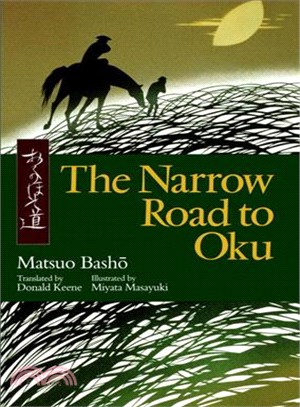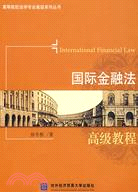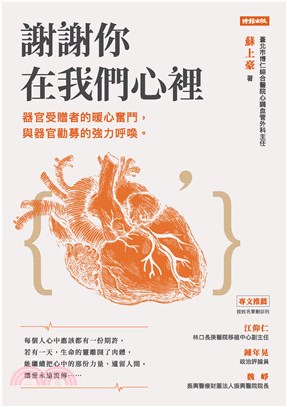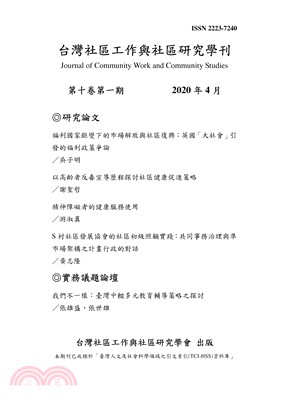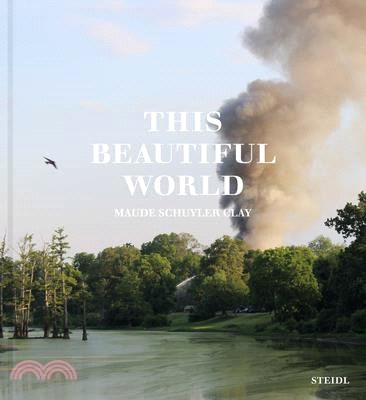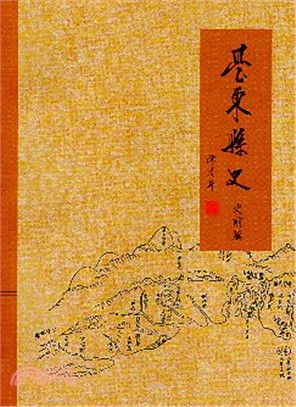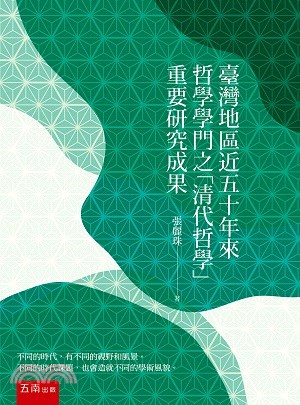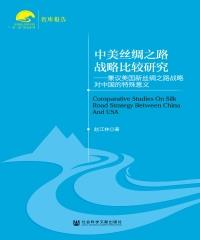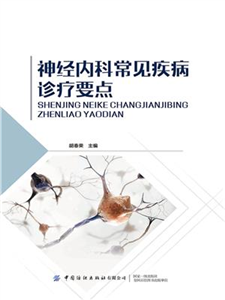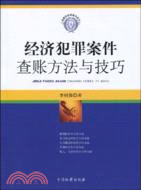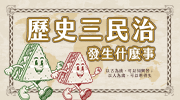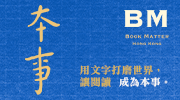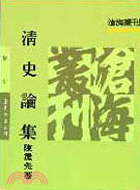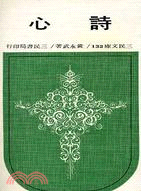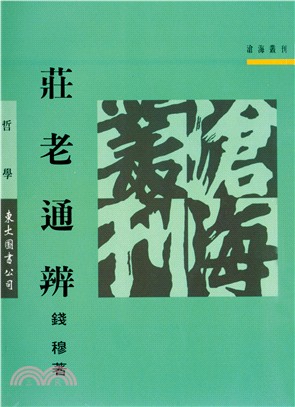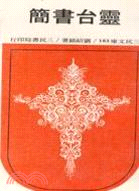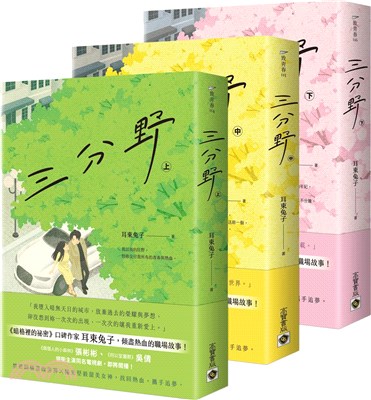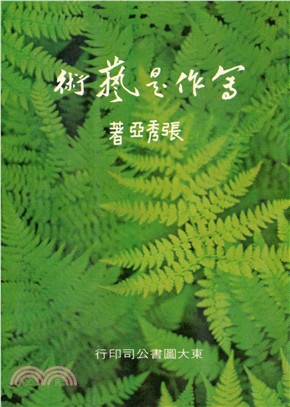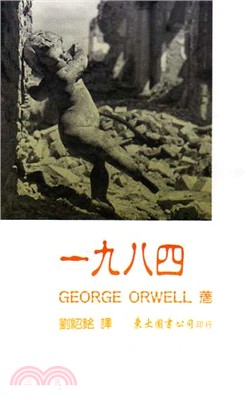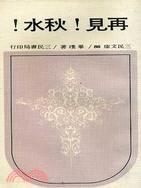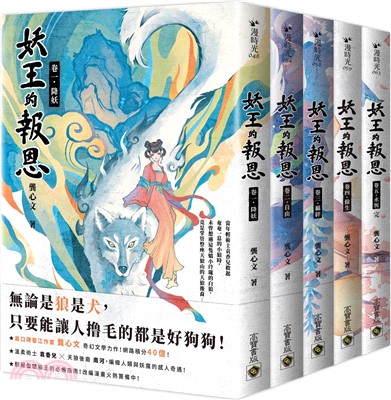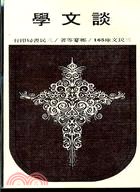The Narrow Road to Oku
商品資訊
ISBN13:9784770020284
出版社:Kodansha Amer Inc
作者:Basho Matsuo; Donald Keene (TRN); Masayuki Miyata (ILT); Matsuo Basho; Donald Keene; Masayuki Miyata
出版日:1997/04/15
裝訂/頁數:平裝/187頁
規格:22.9cm*14.6cm*1.9cm (高/寬/厚)
版次:1
商品簡介
作者簡介
相關商品
商品簡介
In the account which he named The Narrow Road to Oku, Basho makes a journey lasting 150 days, in which he travels, on foot, a distance of 600 ri.
This was three hundred years ago, when the average distance covered by travelers was apparently 9 ri per day, so it is clear that Basho, who was forty years old at the time, possessed a remarkably sturdy pair of walking legs. Nowadays with the development of all sorts of means of transportation, travel is guaranteed to be pleasant and convenient in every respect, so it's almost impossible for us to imagine the kind of journey Basho undertook, "drifting with the clouds and streams," and "lodging under trees and on bare rocks."
During my countless re-readings of The Narrow Road to Oku, I would bear that in mind, and the short text, which takes up less than 50 pages even in the pocket-book edition, would strike me as much longer than that, and I would feel truly awed by Basho's 2,450-kilometer journey.
I chose The Narrow Road to Oku as the theme of the exhibition marking the thirtieth anniversary of my career as an artist. As somebody who has been illustrating works from Japanese literature for many years, the subject naturally attracted and interested me. But once I'd embarked on the project, it wasn't long before I realized I'd chosen a more difficult and delicate task than I ever imagined, and I wanted to reprove myself for my naivete.
Last year, to mark the centenary of Tanizaki Jun'ichiro's birth, I produced a set of 54 pictures for his translation of The Tale of Genji. This was a formidable undertaking, as I had to grapple with the achievement of a literary genius whom I had personally known. But if producing a single picture to represent each chapter in The Tale of Genji was a matter of selecting a particular "face," or "plane" to represent the whole, producing a picture to represent each haiku in The Narrow Road to Oku was without a doubt a matter of having to select one tiny "point"-a mere "dot." One misjudgment in my reading, and the picture would lose touch with the spirit of Basho's work, and end up simply as an illustration that happened to be accompanied by a haiku. I had to meticulously consider every word in those brief 17-syllable poems. Then, if I was fortunate, from the vast gaps and the densely packed phrases a numinous power would gather and inspire me: at times I felt as if I was experiencing what ancient people called the "kotadama," the miraculous power residing in words.
A self-styled "beggar of winds and madness," Basho originated and refined a unique genre of fictional travel literature, which used poetry that enabled one to render, empty-handedly, all of creation. But Basho also left us the following poem:
Journeying is the flower of elegance
Elegance, the spirit of travelers long gone:
The places seen and recorded
by Saigyo and Sogi -
All those are the heart of haikai.
I believe that I could ask for no greater favor from my painter's brush than that I too be able to glean the merest fragment of what the saint of haiku Basho saw, and be able to reproduce it in my work.
Miyata Masayuki
This was three hundred years ago, when the average distance covered by travelers was apparently 9 ri per day, so it is clear that Basho, who was forty years old at the time, possessed a remarkably sturdy pair of walking legs. Nowadays with the development of all sorts of means of transportation, travel is guaranteed to be pleasant and convenient in every respect, so it's almost impossible for us to imagine the kind of journey Basho undertook, "drifting with the clouds and streams," and "lodging under trees and on bare rocks."
During my countless re-readings of The Narrow Road to Oku, I would bear that in mind, and the short text, which takes up less than 50 pages even in the pocket-book edition, would strike me as much longer than that, and I would feel truly awed by Basho's 2,450-kilometer journey.
I chose The Narrow Road to Oku as the theme of the exhibition marking the thirtieth anniversary of my career as an artist. As somebody who has been illustrating works from Japanese literature for many years, the subject naturally attracted and interested me. But once I'd embarked on the project, it wasn't long before I realized I'd chosen a more difficult and delicate task than I ever imagined, and I wanted to reprove myself for my naivete.
Last year, to mark the centenary of Tanizaki Jun'ichiro's birth, I produced a set of 54 pictures for his translation of The Tale of Genji. This was a formidable undertaking, as I had to grapple with the achievement of a literary genius whom I had personally known. But if producing a single picture to represent each chapter in The Tale of Genji was a matter of selecting a particular "face," or "plane" to represent the whole, producing a picture to represent each haiku in The Narrow Road to Oku was without a doubt a matter of having to select one tiny "point"-a mere "dot." One misjudgment in my reading, and the picture would lose touch with the spirit of Basho's work, and end up simply as an illustration that happened to be accompanied by a haiku. I had to meticulously consider every word in those brief 17-syllable poems. Then, if I was fortunate, from the vast gaps and the densely packed phrases a numinous power would gather and inspire me: at times I felt as if I was experiencing what ancient people called the "kotadama," the miraculous power residing in words.
A self-styled "beggar of winds and madness," Basho originated and refined a unique genre of fictional travel literature, which used poetry that enabled one to render, empty-handedly, all of creation. But Basho also left us the following poem:
Journeying is the flower of elegance
Elegance, the spirit of travelers long gone:
The places seen and recorded
by Saigyo and Sogi -
All those are the heart of haikai.
I believe that I could ask for no greater favor from my painter's brush than that I too be able to glean the merest fragment of what the saint of haiku Basho saw, and be able to reproduce it in my work.
Miyata Masayuki
作者簡介
Translation: DONALD KEENE
U.S. scholar, and translator of Japanese literature, Donald Keene was born in New York City and graduated from Columbia University, where he received a PhD in 1949. He studied Japanese literature at Cambridge University, in England and Kyoto University. Keene's scholarly works include The Japanese Discovery of Europe (1952; revised edition, 1969) and a series of volumes on the history of Japanese literature which began with World Within Walls (1976) and continued with Dawn to the West (2 vols, 1984). His translations of Japanese literary works include The Tale of the Bamboo Cutter (Taketori monogatari; tr. 1956), Essays in Idleness (Tsurezure- gusa; tr. 1967), The Treasury of Loyal Retainers (Kanadehon chushingura; tr. 1971), and fiction by Mishima Yukio and Dazai Osamu. Keene became a member of the American Academy of Arts and Letters in 1986. The Donald Keene Center for Japanese Culture was established at Columbia University in the same year.
Illustrations: MASAYUKI MIYATA (1926-1997)
Masayuki Miyata was born in Akasaka, Tokyo in 1926. He was discovered by the distinguished writer Tanizaki Jun'ichiro, and he went on to create his own distinct realm in kiri-e (cut-out illustrations). His cut-out pictures, made with mere sheets of paper and a cutting blade, and their exceptional accessibility to people from all countries, have won admiration. In 1981, his work Japanese Pieta was selected for the modem religious art collection in the Vatican Museum-he is only the fourth Japanese artist so honored this century. In 1995, the bi-centennial anniversary of the UN, Miyata was selected from contemporary artists worldwide to be the UN's official artist, the first Japanese to hold the post. His masterpiece, Red Fuji, was reproduced in special limited edition in 184 countries around the globe. Miyata continued to be actively engaged in international art circles as the most prominent kiri-e artist in Japan until his death in 1997.
His representative works include illustrations for Oku no Hosomichi (The Narrow Road to Oku), Taketori monogatari (Tale of a Bamboo-Cutter), Man'yo koi-uta (Poems of Love from the Man'yoshu), and Hana no Ran (Passion in Disarray).
主題書展
更多
主題書展
更多書展今日66折
您曾經瀏覽過的商品
購物須知
外文書商品之書封,為出版社提供之樣本。實際出貨商品,以出版社所提供之現有版本為主。部份書籍,因出版社供應狀況特殊,匯率將依實際狀況做調整。
無庫存之商品,在您完成訂單程序之後,將以空運的方式為你下單調貨。為了縮短等待的時間,建議您將外文書與其他商品分開下單,以獲得最快的取貨速度,平均調貨時間為1~2個月。
為了保護您的權益,「三民網路書店」提供會員七日商品鑑賞期(收到商品為起始日)。
若要辦理退貨,請在商品鑑賞期內寄回,且商品必須是全新狀態與完整包裝(商品、附件、發票、隨貨贈品等)否則恕不接受退貨。

